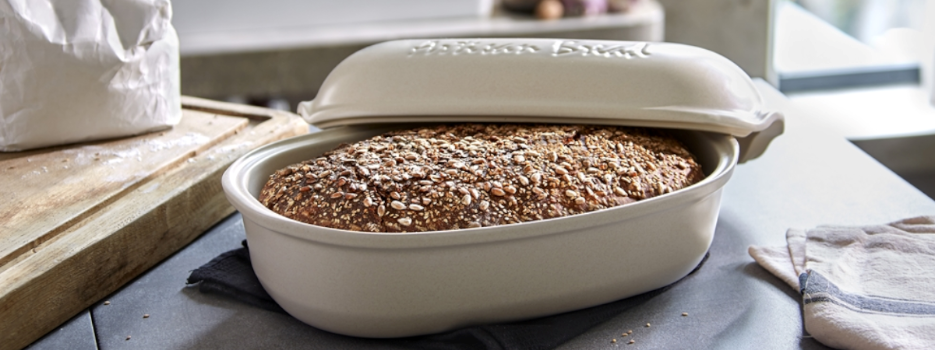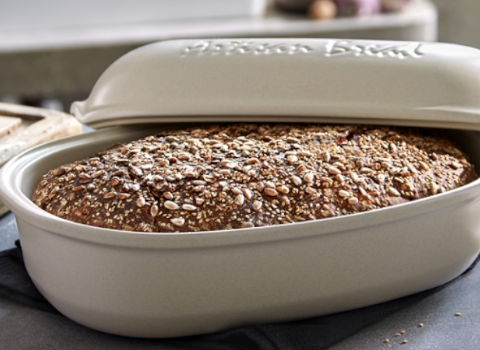All About Bread
Introduction
Baking bread at home is both an ancient tradition and a modern delight. Whether you’re kneading a simple loaf or mastering sourdough, homemade bread adds freshness and flavor to any meal.
How to Bake Bread at Home
Getting Started
If you’re new to bread baking, begin with a no-knead loaf. Use basic ingredients—flour, water, yeast (or starter), and salt—and let time do the work for you.
Leveling Up
Once you’ve succeeded with basic loaves, advance to recipes using natural sourdough starter. This adds depth of flavor and improved digestibility. You can also enrich doughs with eggs, milk, butter, or olive oil to make brioche, focaccia, or ciabatta.
Essential Tools
- Kitchen Scale: Weigh flour, water, and other ingredients for consistent results.
- Mixing Bowls: Leave room for dough expansion; graduated bowls help track rise.
- Bannetons: Wicker proofing baskets shape loaves and wick away excess moisture.
- Baking Vessels: Cast-iron pots or ceramic cloches (e.g., Emile Henry) create steam for a crisp crust.
- Bread Knife: A serrated blade slices through crust cleanly without crushing the crumb.
- Bread Box: Ventilated storage keeps loaves fresh for days.
Bonus: Bread Machine
A bread machine automates mixing, rising, and baking. Simply add ingredients up to 15 hours in advance, set the timer, and wake up to freshly baked bread.
Recipes to Try
- Herb & Butter Loaf
- Tomato & Onion Bread
- No-Knead Rustic Loaf
- Artisan Baguettes
- Soft Dinner Rolls
- Country-Style Loaf Baked in a Dutch Oven
Conclusion
From simple ingredients to the perfect bake, making bread at home is a rewarding ritual. With the right tools, techniques, and patience, you’ll enjoy crusty, flavorful loaves any day of the week.


